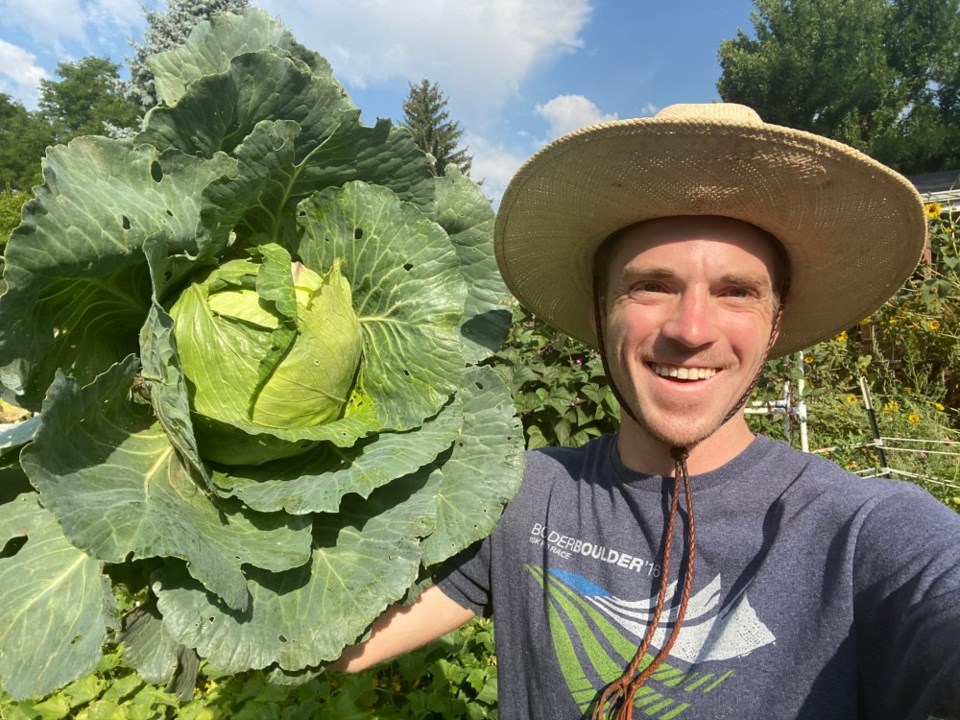April is here, springtime is in the air, it’s finally getting warm outside and seedlings are growing. This warm daytime weather means that it’s time to start hardening off your plants and start the last of the seeds indoors.
“Hardening off” is just the process of getting your plants used to being outside. If you started seeds inside or in a greenhouse, the plants are used to a very nice consistent environment with a steady temperature and no wind. The great outdoors is never consistent with fluctuating temperatures and wild wind patterns, rain, etc.
Taking plants directly outside without an adjustment period, after started them inside, will cause them to “freak out” and at best their growth will be stunted, at worst they will die. If someone picked you up and dropped you off on the summit of Mt. Everest, you are going to freak out and not do so well.
However, if you acclimatize for it and slowly work your way up the mountain, then you’ll likely be just fine (aside from the other dangerous factors involved in mountain climbing). Your plants need a similar acclimatization process to get used to the outdoors.
Plan for about two weeks to get your plants fully used to being outside. The main plants to get planted outside first are the ones that don’t mind a bit of frost, such as cabbage. Cabbages are fine on these cool nights. Peppers on the other hand shouldn’t be planted outside until the nights are warm (after the first frost), otherwise, they’ll die.
The easiest thing to do is to harden off all of your plants outside at the same time but then to keep the warm weather plants inside at night and not plant them until after the last frost.
To Harden Off Plants:
-Carry the plants outside once the temperature outside is about equal to the temperature the plants are used to. Place the plants in the shade for two hours before bringing them in again. Continue the process daily, adding two more hours outdoors in the shade. After reaching six or more hours outside in the shade repeat the process in a sunny area.
-After about 2 weeks of slowly increasing their exposure your plants will be hardened off and ready to rock!
Once the cold-loving plants, such as cabbages, are hardened off they can be left outside overnight for the cold nights and if it looks like there isn’t an impending snowstorm they can be planted outside. They can handle a little bit of frost or snow, but a lot will kill them so it’s a bit of a tightrope walk.
The warm weather plants, such as peppers should not be planted outside until the nighttime temperature is consistently warm (high 40’s at a bare minimum, normally in the ’50s is preferred).
Final Seeds to Start Inside:
-Tomatoes
-Remaining herbs that take a while to grow (for me that’s the toothache plant and chamomile).
These final seedlings can (and should) also be put outside during the warm days which will shorten the time they need to acclimatize to the elements once it’s time to plant them.
Seeds to Start Outside (if you haven’t already):
-Lettuces
-Spinach
-Orach
-Arugula
-Snow Peas
-Onions
-Carrots



